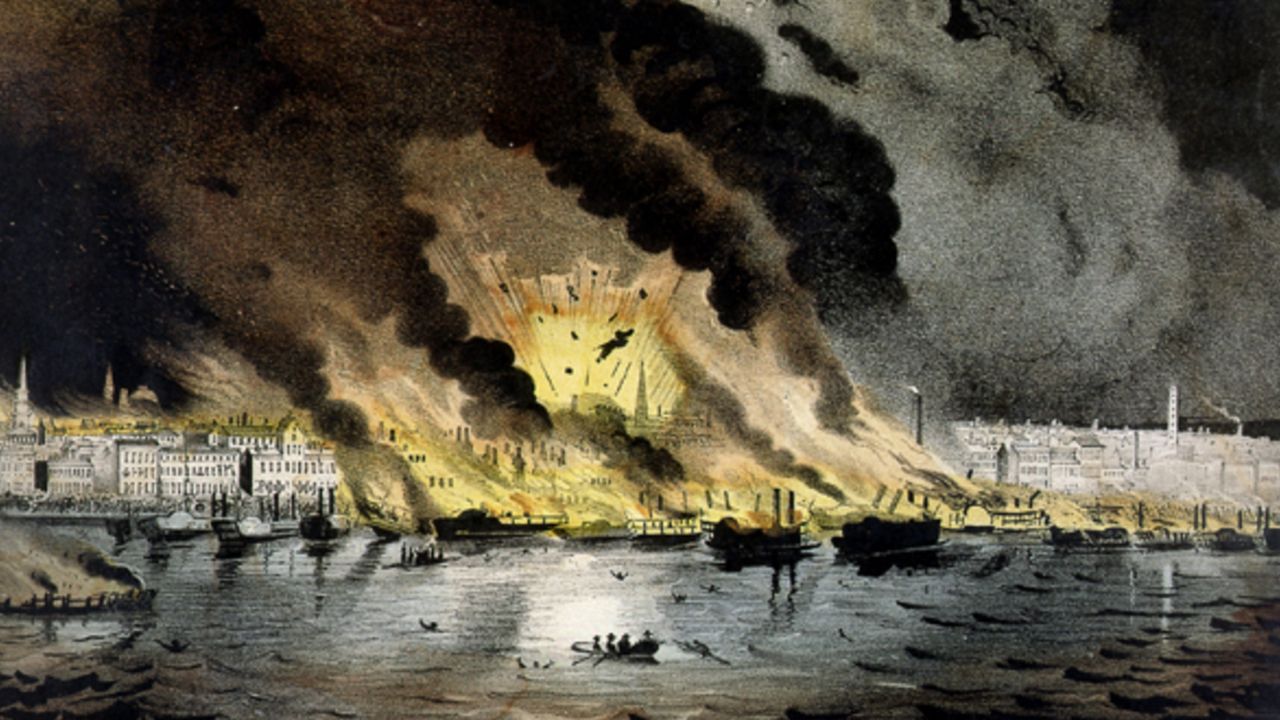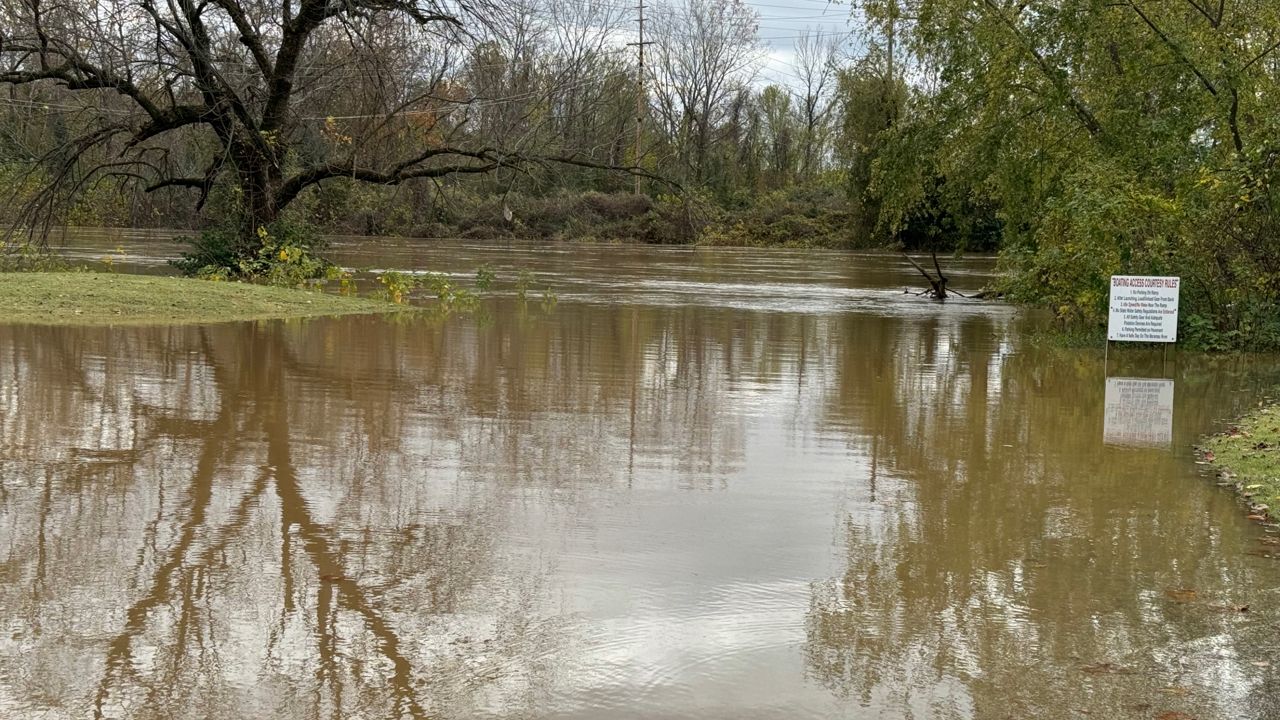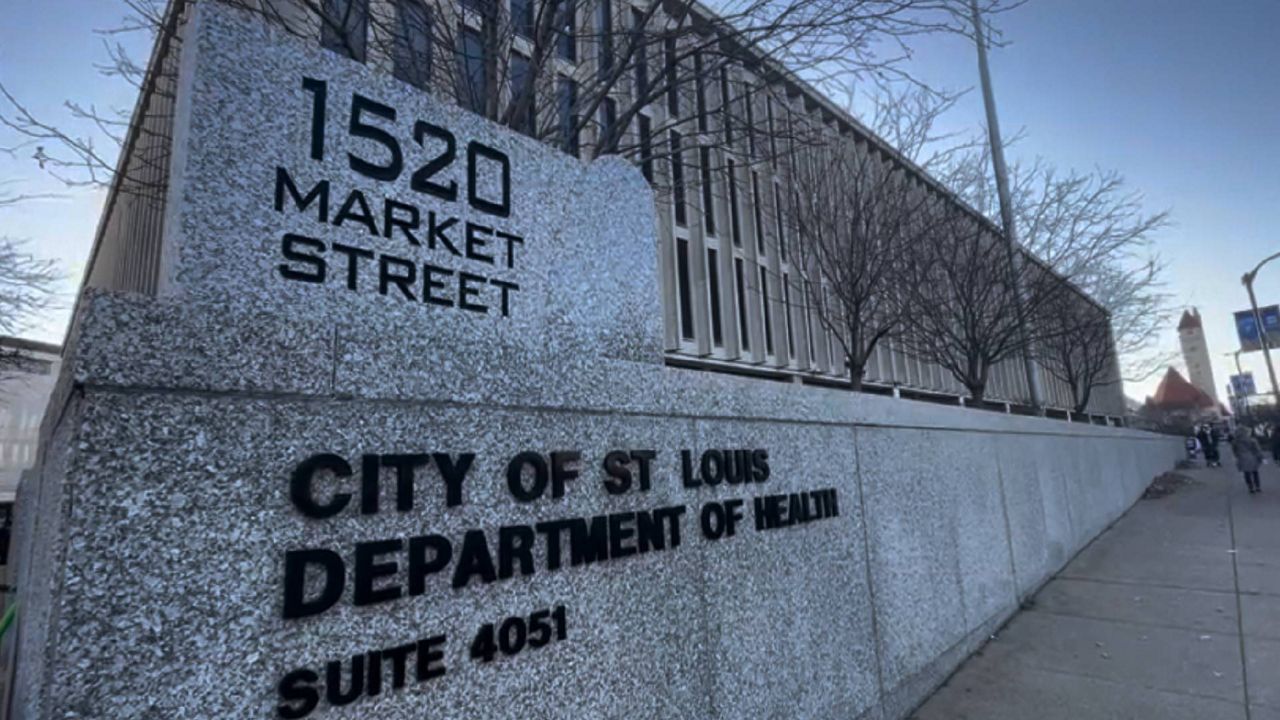On May 17, 1849, the City of St. Louis was decimated by an intense fire that engulfed 15 city blocks and destroyed 23 steamboats.
The Great Fire, as it was to become known as, started when a mattress caught fire on a steamboat. The crew was able to extinguish the fire and moved the mattress back inside. However, little did the crew know that an ember still smoldered and around 10 p.m., flames engulfed the ship, according to a section of the city's website dedicated to St. Louis Historical Preservation.
In total, 418 buildings were completely destroyed, three people died and an unknown number of victims died on the steamboats.
The fire caused $6.1 million in damage and burned practically the entire area east of Third Street between Walnut and Locust Streets (now in the Jefferson National Expansion Memorial).
The fire began on the steamboat White Cloud moored in the St. Louis harbor. While the volunteer fire company fought the fire, it burned through a rope that held the boat to the dock. The White Cloud floated away, setting fire to 22 other steamboats that quickly spread to more boats and the wharves.
Frieght stacked on the levee added fuel to the fire. Within a matter of hours, most of the riverfront was ablaze. Estimates of property losses were placed at $6 million, including damage to many of the City´s leading businesses.
The fire put thousands of St. Louisans out of work and left hundreds homeless. While the fire destroyed the city's earliest surviving buildings, which were largely made of brick and wood, it created the opportunity for more substantial rebuilding.
The structures which emerged following the fire were built with particular emphasis on fireproofing. They were generally four or five stories in height with heavy brick walls faced on the street front with stone or cast iron facades.
Learn more about the Great Fire of St. Louis below.










